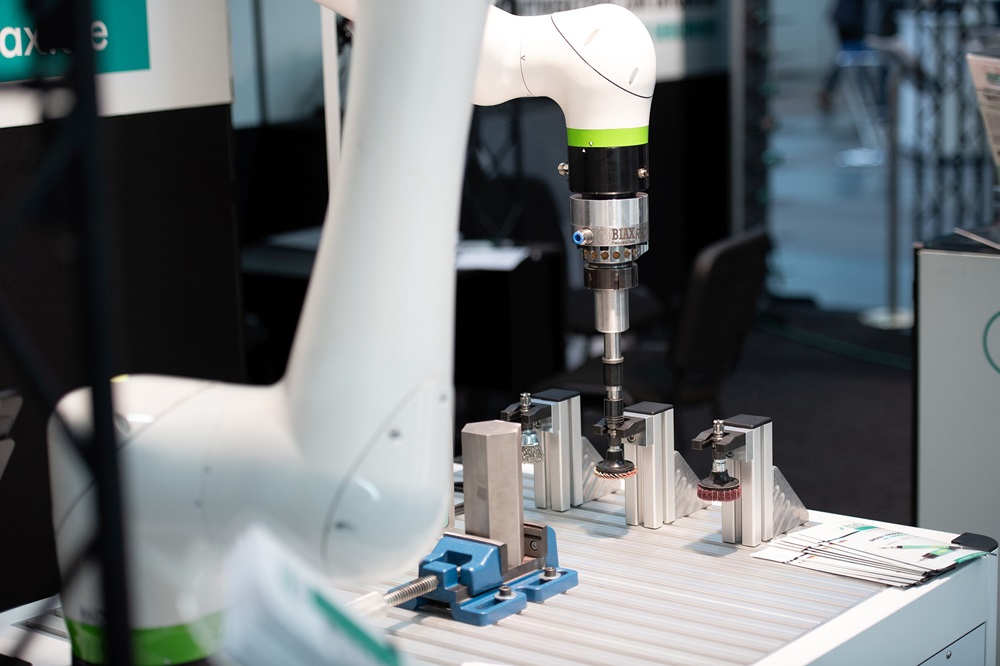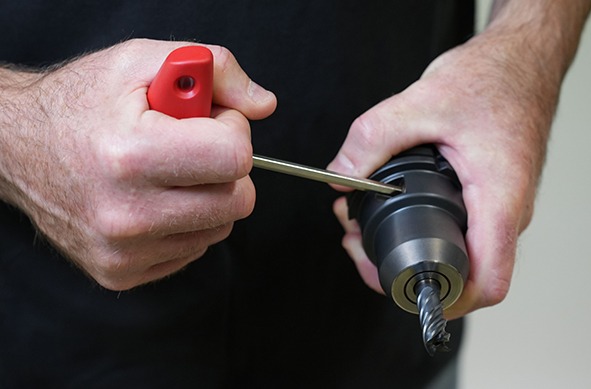Kyocera Unimerco is introducing two new hydraulic chucks: the Hydro Chuck Uni and Hydro Chuck HD. The chucks are for precision drilling, milling, threading and other machining operations.
Hydraulic chucks use a hydraulic mechanism to clamp tools. Pressurised oil ensures the tool is held firmly in place while simultaneously minimising disruptive vibration, enabling stable and precise operation.
According to Kyocera Unimerco, the new Hydro Chuck Uni offers an excellent price-performance ratio, providing high precision across a wide range of machining tasks. It is a versatile chuck that ensures high machining quality and long tool life, reports the company.
Capable of withstanding high torque, the Hydro Chuck HD (Heavy Duty) is specifically engineered for high-performance cutting applications. Compared with standard solutions, the Hydro Chuck HD offers up to three times longer tool life, improving efficiency and productivity in demanding environments.
Both chucks are suitable for tools with various shank types and diameters ranging from 6 to 32 mm, without the need for special sleeves or adapters. They also enable tool changes in just a few seconds using a standard Allen key, eliminating the need for special tools like torque wrenches. During operation, the hydraulic mechanism provides vibration damping for a runout accuracy of less than 0.003 mm. A special screw allows for easy axial length adjustment.
The two chucks offer a balance grade of G2.5 at 25,000 rpm/Umax < 1 gmm, while the tool shanks meet h6 quality standards.
More information www.kyocera-unimerco.com



















